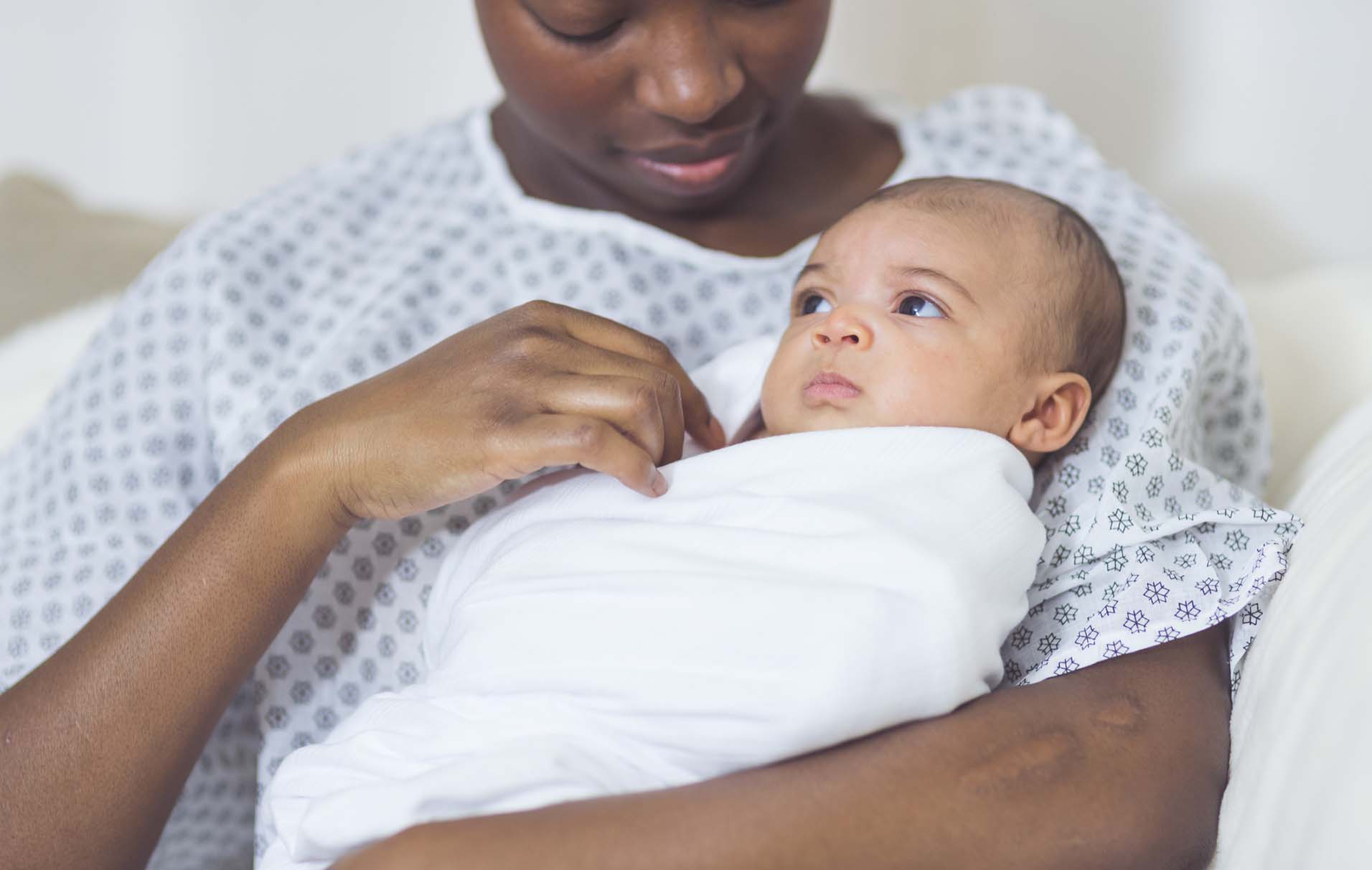Use our due date calculator to predict your baby's birthday
Ready to find out when your little one is due? We've got you covered...

Our due date calculator is easy to use and could predict when your baby will be born. It's a fun tool to use when you're pregnant and counting down the days to your little ones arrival.
It's not an exact science, but you can find out your baby's due date using our handy pregnancy due date calculator. In the very early stages of pregnancy, you may not yet have a due date from your GP. We bet you're itching to work out exactly when you can expect to meet your baby. Our pregnancy due date calculator can help!
There's no pregnancy week by week rule book, but typically you officially find out the date your baby is due between eight and 14 weeks, when you go for your ultrasound scan. Your doctor will then be able to tell you when you can expect your new bundle of joy. Remember, it's not a perfect science and babies have a habit of making their mums wait for their grand debut!
If you've yet to see your doctor and are keen to know roughly when your little one will arrive then you could count backwards and try to work it out manually, but there's not need when you've got us to do the work for you! Our handy due date calculator tool will help you work out when your baby could be due. Just tell us the date of your last period and we'll tell you when you can expect your new addition to the family - simple!
Try our due date calculator now by entering your details below!
Ovulation Calculator
Use our calculator to find out when you'll ovulate and when your due date is!
Your due date is important as your doctors and midwives need to have an idea of when your baby will arrive so they can tell if they are early and are likely to need special care, or if you're so 'overdue' the baby could be at risk. But because the methods used to calculate EDDs can be inaccurate, lots of mums-to-be have Caesareans or are induced unnecessarily.
Even more face the frustration of sitting at home waiting for a baby who has no intention of putting in an appearance for days to come. So how does the medical profession come up with EDDs, and why are they so rarely on the mark?
Parenting advice, hot topics, best buys and family finance tips delivered straight to your inbox.
Getting your due date from your doctor
When you see a doctor or midwife to confirm your pregnancy, you'll be asked the date of the first day of your last menstrual period (LMP).
Your due date is nine months and seven days from this day. This is the most common method of working out an EDD.
The problem with this system is that it's based on the assumption that your menstrual cycle is 28 days long, and that you ovulate on the 14th day of your cycle. But if there's one thing that can't be ruled by averages, it's the female reproductive system.
How your last period affects your due date
Every woman has a different cycle and will ovulate at a different stage. You may have a shorter cycle than 28 days, meaning your due date should be slightly earlier; if it's longer, it will be slightly later.
Once you're absolutely sure of the precise date you conceived, tell your doctor, as he may calculate your due date from this instead.
However this method obviously doesn't work for women who don't know the date of their last period or for those who've conceived through IVF or other kinds of fertility treatment, as they don't depend on your natural cycle.
Having a 'dating scan'

In some areas of the country, you will have a 'dating scan' at around 12 weeks. Not only will this confirm your pregnancy, but it will also give the sonographer a chance to check the size of your baby and see if it corresponds with the due date you have been given, based on your late menstrual period (LMP).
There are charts that show the average size of foetuses at each stage of gestation, and if the size of your baby is bigger or smaller than normal for the stage you think you're at, your due date may be adjusted.
It doesn't mean your baby is abnormal or isn't growing properly, just that your original due date may have been a bit early or late. This could be because your menstrual cycle is longer or shorter than average,or that you ovulated a little earlier or later in your cycle.
If you've had IVF or other fertility treatment, you'll be given an early scan to confirm the pregnancy and predict a due date.
This method is more accurate than the one worked out according to your LMP. Again, it's based on averages, in this case the average size of unborn babies at each stage. Just as some little ones are bigger than others at birth, some are naturally bigger or smaller than others at 12 weeks' gestation.
The other problem is that not all women are offered dating scans, many don't have a scan until close to 18 weeks. Scans up to 12 weeks' gestation accurately predict an EDD, but after 13 weeks they're only accurate to within about two weeks.
What to do once you've got your due date
When you've worked out your approximate due date with our calculator or your doctor, why not try guessing the sex of your baby with the 12 week nub theory test? Then you'll be all set to start planning exciting things like how their nursery will look and picking our some of your favourite baby names. You could consider anything from Disney names to the most popular choices, depending on what you fancy.
And then of course, there's also the fun job of your pregnancy announcement. Once you've settled into your pregnancy there are so many exciting ways to let friends and family know your happy news.
Stephanie has been a journalist since 2008, she is a true dynamo in the world of women's lifestyle and family content. From child development and psychology to delicious recipes, interior inspiration, and fun-packed kids' activities, she covers it all with flair. Whether it's the emotional journey of matrescence, the mental juggling act of being the default parent, or breaking the cycle of parenting patterns, Stephanie knows it inside out backed by her studies in child psychology. Stephanie lives in Kent with her husband and son, Ted. Just keeping on top of school emails/fundraisers/non-uniform days/packed lunches is her second full-time job.